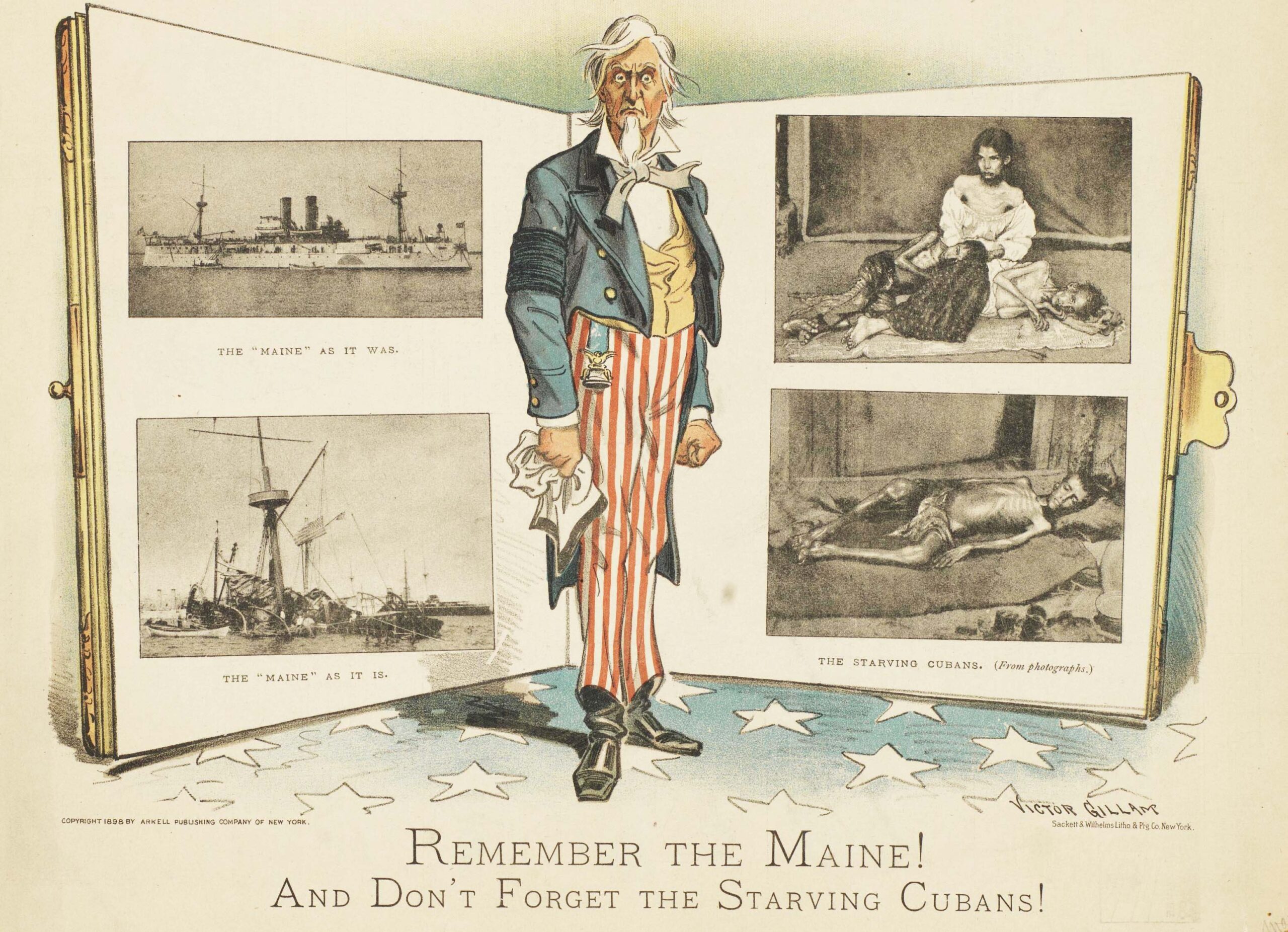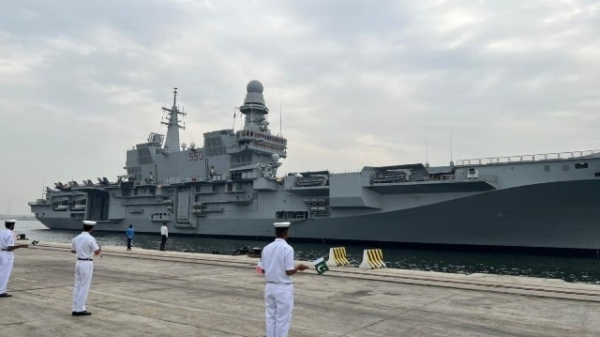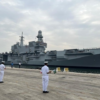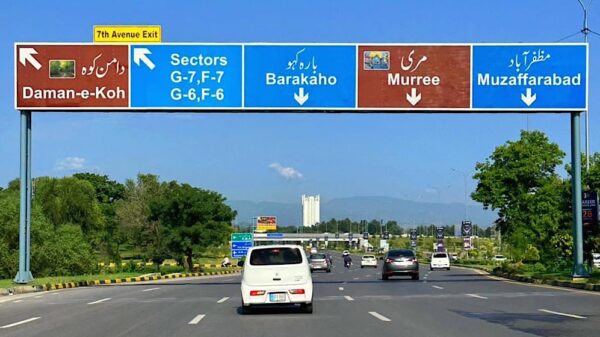The European Renaissance (14th – 17th centuries) and the Age of Discovery and Exploration (15th – 17th centuries) strongly pointed in that direction. But the Ottomans’ conquest of Constantinople (1453) and their subsequent denial of spice and silk trade routes to India decisively pushed the seafaring European nations towards the high seas.
God, glory, and gold propelled the nations of Europe to become the marauders of the high seas, filled by the spirit of morality and exploration. Rudyard Kipling called this “the White Man’s Burden”. He claimed that native people were incapable of governing themselves. They needed the white British colonialists to provide and maintain order.
The only way to liberate Africa, David Livingstone believed, was to introduce the three Cs: Commerce, Christianity, and Civilization. It was the Papal edict which sanctified the Treaty of Tordesillas (1494) between Spain and Portugal, which divided their spheres of influence on the Globe for exploration. Subsequent Popes continued to encourage the colonialists to deliver the heathens to the Lord.
Experienced seaman and cartographer, Columbus left Italy like many other Genoese fortune hunters and reached the Iberian Peninsula to find a lucrative commission. Prince Enrique (Henry) of Portugal, like modern-day venture capitalists, invested in seafaring explorers.
Due to a massive increase in trade tariffs by Muslims (1000 times) both Portugal and Spain, the two leading seafaring nations, sent expeditions around West Africa to find a sea route to India for spice and silk trade, highly valued in Europe. Columbus unsuccessfully sought financiers at Lisbon, Castile, and London to go westward, proposing a shorter route directly to India. Nobody believed him.
During the last decade of the sixteenth century, the spirit of Reconquista was aflame in Spain. Soon after the final defeat of Muslims by Queen Isabella and King Ferdinand in 1492, Columbus was granted the required support by the royal couple. If successful, Spain would monopolize the lucrative trade.
Columbus had a landfall in August 1492 near the Bahamas, greeted by the natives with support. He was sure he has reached India and met Indians. Although rewarded by the Royalty, many doubted his claim of reaching India, before his death in 1506 he journeyed three more times to the Americas.
In 1519, Spanish conquistador Hernan Cortez reached modern-day Mexico (then Aztec Empire), with 500 armed men and cavalry guns. The locals greeted and helped him. But he had other plans. He allied himself with tribes hostile to the King and marched towards the capital.
Aztec King Montezuma II extended the hand of friendship but on reaching the Capital, treacherously Cortez imprisoned the King and later killed him and declared himself the governor with the endorsement of the Spanish
Royalty. Through treachery and the spread of plague (an unknown disease for the natives that wiped out a large number of resisting natives), the Spanish overran the whole modern-day Mexico region with battles raging between 1519 and 1530.
The Mayan Civilization was spread over a vast mountainous region between modern-day Mexico and Guatemala. Using spears, arrows, and daggers to defend themselves against firearm and cavalry guns, the natives were at a heavy disadvantage. Yet the Mayan guerillas put up stiff resistance and kept a diminishing but independent state for almost 200 years till their last outpost was taken over in 1697.
The Inca civilization ruled the eastern side mainly in modern-day Peru and Chile regions. From 1532 to 1572, with superior arms and germ warfare (Typhus and Smallpox), Spaniards defeated the Incas, resulting in an estimated 7.7 million indigenous deaths.
Cacao, sugar, cotton, tobacco was the main cash corps of occupied Central America which were marketed abroad. Made from Cacao, the Aztec delicacy xocolatl (chocolate) became all the rage in Continental Europe. Gold and silver were mined and shipped from Spanish-controlled South America
At their peak, Spanish colonies’ trade started from the Philippines to Mexico to Spain and back. During the sixteenth century, Spain held an equivalent of USD 1.5 trillion (1990 terms) in gold and silver received from New Spain. This area included the entire modern state of Mexico, Central America, Florida, California, Arizona, Nevada, Utah, Colorado, New Mexico, and Texas. Complex regional issues of the colonies were governed by a governing council in Lisbon while colonies were headed by Viceroys.
The Portuguese developed caravel, a small highly-maneuverable, and swift sailing ship that could sail windward and prove matchless in the 15th century. The first expeditions of the Portuguese were sent to the Western coastline of Africa. Prince Henry wanted to know the extent of Muslim occupation in Africa.
In 1498, Vasco De Gama sailed around the Cape of Good Hope and reached India, the land of spices and fine cloths. As per the 1494 Treaty, Portugal’s sphere of influence started from an imaginary vertical line 1100 nautical miles west of Lisbon to a vertical line passing through Indo-China. For almost a century Portugal was the only power in the sea trade between Lisbon and Indo-China via India. It had trading posts and fortresses on the coastlines of Africa, Hormuz, and India with Goa in India as its headquarter.
One of the greatest seafaring feats in European history occurred when Portuguese seaman Pedro Álvares Cabral while going to India drifted and accidentally made landfall on Brazil in 1500. Again, strangely the sailors brought smallpox, influenza, and measles resulting in wiping out a huge number of natives. Some died due to the violence of the Portuguese.
It is estimated that of the 2.5 million indigenous people living in the region of present-day Brazil, less than 10 percent survived till the 1600s. The colonists shipped out of Brazil wood, sugar, gold, diamonds, cotton, and tobacco. As a typical colonial power, Portugal’s policy tended towards stripping Brazil of its resources rather than developing the local economy.
The Portuguese dominated oceanic trade for almost a century across vast spaces between Atlantic and Indian oceans covering the ports of Europe, West Africa, Brazil, India, and Indo-China. They traded in Chinese silk, Indian cloth, Borneo’s minerals, and Timorese sandalwood – among other things.
Portuguese Christian missionaries were able to spread their faith and culture in the colonies. Yet, their presence was more as traders and less as military occupiers.
Due to weak tolerance against European diseases, missionary conversion rights, and lack of religious motivation for work, the natives of Central and South America were not fit for forced labor plantation and mining jobs. So Portuguese and later Spaniards brought slaves from West Africa for the hard work.
A triangular mercantile colonialism developed in the Atlantic Ocean. Manufactured goods and textiles were brought to Africa and the Americas from Europe. Slaves were brought from West Africa to the Americas for forced labor. Diamonds, gold, silver, sugar, tobacco, cacao, cotton, etc., were shipped from the Americas to Lisbon.
Britain, France, and Holland entered the competition of colonization in the latter half of the sixteenth century. They did not recognize the division of seas between the Iberian powers. England established its first colony in 1607 at Jamestown (in present-day Virginia) on the east coast of North America. The first French colony in North America was Port-Royal (in Nova Scotia). New Netherland was located on what is now the east coast of the United States, viz., New York, New Jersey, Delaware, and Connecticut, with small outposts in Pennsylvania and Rhode Island.
From the European point of view, Columbus’s discovery of America and Vasco De Gama’s sea route discovery of India were the two most important events in the age of discovery and Renaissance which eventually ushered in global supremacy and domination of the West.
For the natives of the Americas, however, it proved to be a curse that winked out their civilizations and decimated their population.
The White Man’s Burden was thus a reality although not in the sense Kipling meant. The White Man’s Burden was for the non-European world to bear – and it was so hefty it snuffed out whole civilizations, laid waste vast lands, and killed tens of millions of natives.
(To be continued)










